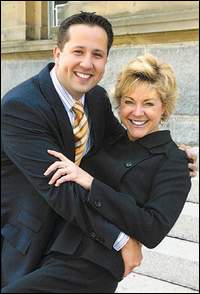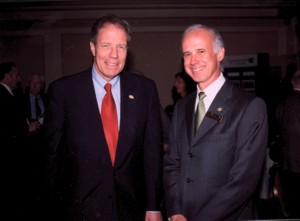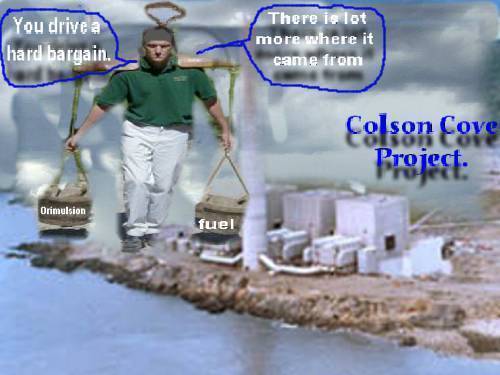
Following song will be very befitting for the political couple you show at the top in your blog
------------
Love, love will keep us together
Think of me babe whenever
Some sweet talkin' girl comes along, singin' a song
Don't mess around, you just gotta be strong
Just stop, 'cause I really love you
Stop, I been thinkin' of you
Look in my heart and let love keep us together
You (you, do do do) you belong to me now (do, do do do)
Ain't gonna set ya free now (do do do)
When those girls start hangin' around, talkin' me down
Hear with your heart and ya won't hear a sound
Just stop (stop, stop) cause I really love you (really love you)
Stop (stop, stop) I been thinkin' of you (been thinkin' of you)
Look in my heart and let love keep us together, whatever
Young and beautiful, but someday your looks'll be gone
When the others turn you off, who'll be turnin' you on
I will, I will, I will, I will be there to share forever
Love will keep us together
I said it before and I'll say it again
While others pretend
I need ya now and I need ya then
Just stop (stop) cause I really love you (really love you)
Stop (stop) I been thinkin' of you (been thinkin' of you)
Look in my heart and let love keep us together
Whatever (a-ba-da whatever)
I will (ever), I will (ever), I will (ever), I will (ahh)
You better stop (stop) cause I really love you (really love you)
Stop (stop) I been thinkin' of you (been thinkin' of you)
Look in my heart and let love keep us together
Whatever (a-ba-da whatever)
I will (ever), I will (ever), I will (ever), I will (ahh)
# posted by Anonymous : 9:30 PM
Maybe I’m the only one who cannot believe that a story of the most sexist MLA’S shouldn’t be on the front page of the Telegraph Journal?
But then again it just reinforce my belief that it really don’t matter which political party is in power because it’s the Irving’s bureaucrats who runs the show in the Capital!!!
So was this story worthy to be on the front page of the Telegraph Journal? Please let me know.

I wonder if the Irvings will ever fix the paper's sign? I traveled all across the Unites States and Canada and every City are proud to advertisse their newspaper but not this one. Sure is a black eye for the tourists who visis Saint John. WHAT A SHAME!!! SHAME ON THE IRVINGS!!!!
COME J.D. IRVING!!! SPEND YOUR $$$$$$ ON A NEW SIGN!!!!




